Star-Crossed Lovers: A Literary Evolution of Love Against Fate
Okay for me this intro is the toughest part to write in every blog, but anyway HEY EVERYONE, this is Pixie Quill with another new blog 🙂 Let’s talk about star crossed lovers today hehe, the only kinda romance stories I like [cuz why not???? Why do everyone needs that “happily ever after’ thing??] Anyway, Let’s get started :
“These violent delights have violent ends.” – Romeo and Juliet, William Shakespeare
Love, in its purest form, has often been pitted against the cruel hands of fate. The idea of star-crossed lovers, those doomed to be apart despite the depth of their devotion, has haunted literature for centuries. From Shakespeare’s ill-fated Romeo and Juliet to the modern tragedies of The Fault in Our Stars and Five Feet Apart, this timeless trope has evolved yet remained achingly familiar—whispering tales of passion, loss, and longing across generations.
But before we explore the tender heartbreak of contemporary literature, let us turn the pages back to the stories that first etched this theme into the literary cosmos.
The Classic Tragedy: Love Written in the Stars and Stained with Blood
Romeo and Juliet: The Eternal Epitaph of Young Love
No discussion of star-crossed lovers can begin without the quintessential tragedy—Shakespeare’s Romeo and Juliet. Their love was not only youthful and fervent but also doomed from the very moment they met beneath the Verona moon.
“My only love sprung from my only hate!
Too early seen unknown, and known too late!“
Bound by the warring blood of Montague and Capulet, their love was both their salvation and their destruction. Shakespeare wove the celestial into their fate, referring to them as “star-crossed“, as if the very constellations conspired against their happiness. Their love burned bright like a comet, only to vanish in the cruel darkness of misunderstanding and time.
The Legend of Altair and Vega: Love Across the Milky Way
Far from the streets of Verona, in the celestial expanse of the night sky, another tale of forbidden love unfolds—the legend of Altair and Vega. Rooted in Chinese and Japanese folklore, this heartbreaking story tells of the weaver goddess, Orihime (Vega), and the cowherd Hikoboshi (Altair), separated by the vastness of the heavens.
For their defiance, they were cast apart by the celestial river—the Milky Way—permitted to meet only once a year on the seventh day of the seventh lunar month. Even the night sky bears witness to their love, as the brightest stars in the cosmos burn for one another, undying, unwavering, yet forever apart.
Theirs is a love defined by longing, a metaphor for all those who have loved across distances that cannot be bridged by mere will alone.
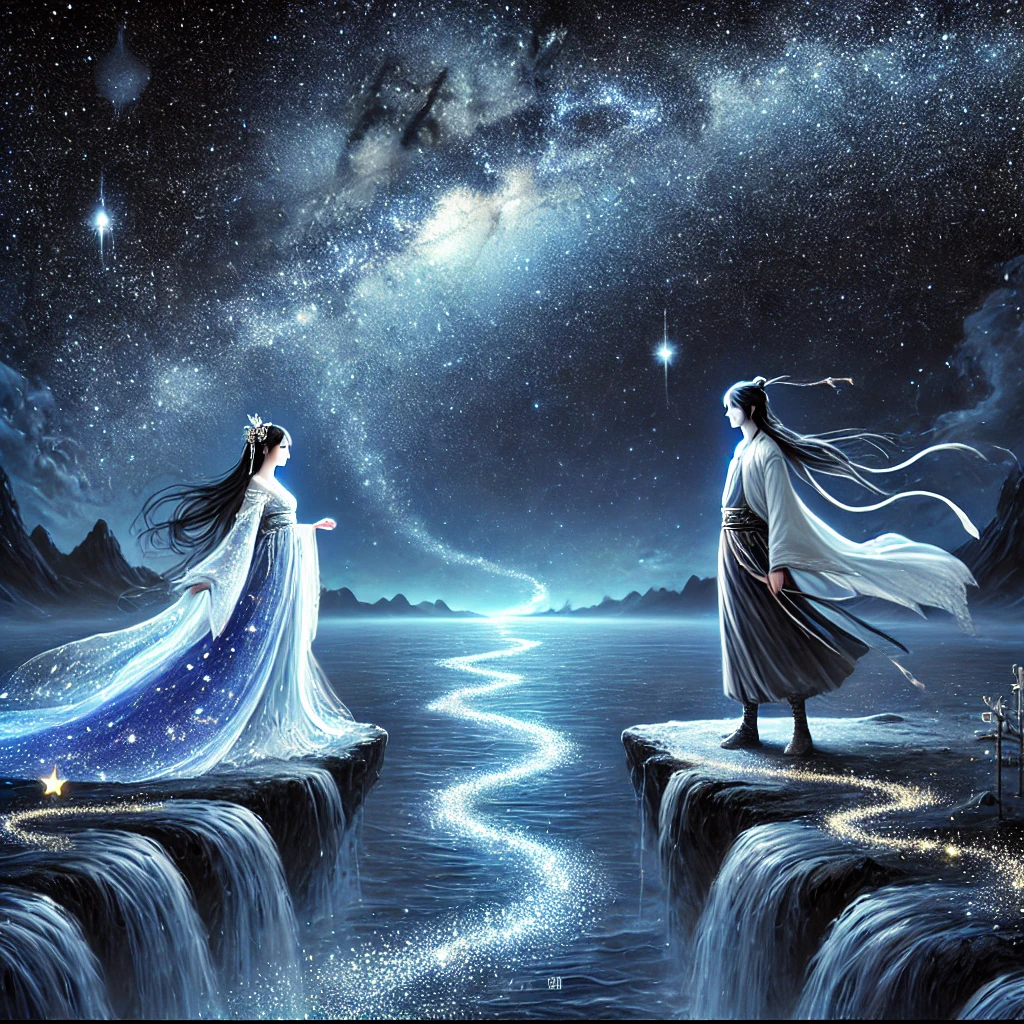
Echoes of the Past: Underrated Star-Crossed Lovers from Classical Literature
Beyond the famed tragedies, literature harbors forgotten tales of love marred by fate. Some of the most hauntingly beautiful yet underrated stories include:
1. Tristan and Isolde (12th Century Arthurian Romance)
A medieval romance wrapped in magic and melancholy, Tristan and Isolde tells of a Cornish knight and an Irish princess bound by a love potion, their hearts enslaved to passion yet doomed by duty. Their love blossoms in the shadows, hidden beneath honor and betrayal, leading only to heartbreak.
“My heart was a shadow of a leaf trembling before the storm.”
2. Hero and Leander (Greek Mythology, retold by Christopher Marlowe, 1598)
A tale of devotion and defiance, Hero, a priestess of Aphrodite, and Leander, a young man smitten beyond reason, meet in secret. Every night, Leander swims across the Hellespont to be with his love—until one stormy night, the waves claim him, and Hero, overcome with grief, follows him into the abyss.
Their story whispers the same mournful tune as Romeo and Juliet, reinforcing the tragic cost of love that dares to defy the gods.
3. The Butterfly Lovers (Chinese Folklore, 4th Century BCE)
A Chinese Romeo and Juliet, this legend follows Liang Shanbo and Zhu Yingtai, whose love is thwarted by societal expectations. Zhu, disguised as a man to receive an education, falls in love with Liang. When she is forced into an arranged marriage, Liang dies of heartbreak. In a poetic finale, Zhu leaps into his grave, and the lovers transform into butterflies—eternal, unbound, and finally together.
“If we cannot be together in life, let us be as butterflies in death.”
The Modern Metamorphosis: Contemporary Star-Crossed Lovers
As the centuries passed, the quill gave way to the pen, yet the ache of star-crossed love remained untouched by time. The tragedies of the past evolved into narratives of disease, distance, and irreconcilable differences, but the core of the theme remained unchanged—two lovers against a world determined to keep them apart.
The Fault in Our Stars: Love in the Face of Mortality
“You gave me a forever within the numbered days.” – The Fault in Our Stars, John Green
Hazel and Augustus, two teenagers bound not by warring families but by terminal illness, redefine what it means to be star-crossed. Their love is fierce but fleeting, burning brightly in the face of inevitable darkness. Unlike Romeo and Juliet, their war is not against society but against time itself.
Green crafts a love story that is both tender and tragic, reminding us that love, no matter how brief, is still infinite. Theirs is a love that defies the boundaries of life and death, much like the stars they gaze upon—a light reaching us from a past long gone.
Five Feet Apart: Love Held at a Distance
“I miss you. I want to be close to you. But I can’t.” – Five Feet Apart, Rachael Lippincott
Stella and Will, victims of cystic fibrosis, must remain physically apart to survive. Unlike their literary ancestors, their love is not forbidden by others but by the cruel twist of biology. The tragedy is in their yearning, in the spaces between them that no bridge of willpower can cross.
Unlike Romeo and Juliet, who defied their families, or Layla and Majnun, who defied society, Stella and Will must defy their own desires for the sake of each other’s survival. The pain of almost touching is what makes their love all the more heart-wrenching.
Beyond the bestsellers, modern literature and cinema hides gems that explore star-crossed love with raw intensity and poetic grace.
They Both Die at the End – Adam Silvera
In a world where people receive a notification of their final day, Mateo and Rufus meet on their End Day and fall into a love that is both immediate and heartbreaking. They are lovers on borrowed time, their every moment tinged with the knowledge that fate will not be kind. This novel redefines the star-crossed archetype, asking the question—what if love was meant to be, but time was not?
The Night Circus – Erin Morgenstern
Celia and Marco are two illusionists, bound in a magical competition where only one can survive. Yet, they fall in love, knowing that their love defies the very rules they were forced to obey. In The Night Circus, love is not just tragic—it is dangerous, transformative, and beautifully impossible.
Words in Deep Blue – Cath Crowley
A love story interwoven with letters hidden in books, Words in Deep Blue tells of Rachel and Henry, childhood friends separated by grief and misunderstanding. Their love is fragile yet enduring, proving that sometimes, fate’s cruelty lies not in death, but in the slow ache of unspoken words.
Your Name (Kimi no Na wa) – Makoto Shinkai
A breathtaking blend of science fiction and romance, Your Name follows Taki and Mitsuha, two strangers connected by time and fate. They swap bodies, falling in love through experiences rather than proximity. But
when time cruelly separates them, they fight against destiny itself to find each other again. Their love, like that of Altair and Vega, is dictated by cosmic forces, yet they persist—defiant against the universe’s decree.
A Million Junes – Emily Henry
A hidden gem, A Million Junes entwines romance with magical realism. June and Saul come from feuding families, bound by a past neither fully understands. Their love blossoms despite ancient curses and ancestral wrath, embodying the spirit of Romeo and Juliet, but with a dreamlike, almost ethereal quality.
Final Musings: Why Do We Love the Pain?
Why do we keep returning to star-crossed lovers? Perhaps because they remind us that love, in all its forms, is worth the pain. Their stories are not warnings but testaments to the human spirit—the need to love even when the odds are insurmountable, even when the stars themselves burn against us.
From Shakespeare’s quill to John Green’s prose, the tragedy of star-crossed lovers remains evergreen—woven into the fabric of our collective longing. It is not their deaths we mourn, but the love that might have been, the possibilities left unwritten, the stars that never quite aligned.
“Love looks not with the eyes, but with the mind,
And therefore is winged Cupid painted blind.” — A Midsummer Night’s Dream, William Shakespeare
Discover more from Ge-erdy Verse
Subscribe to get the latest posts sent to your email.

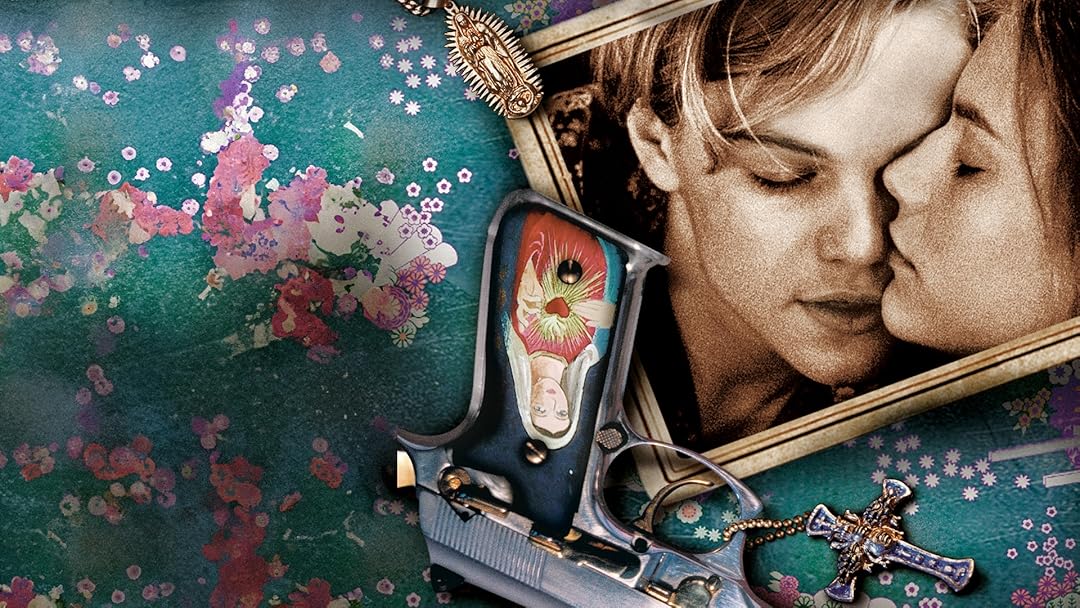
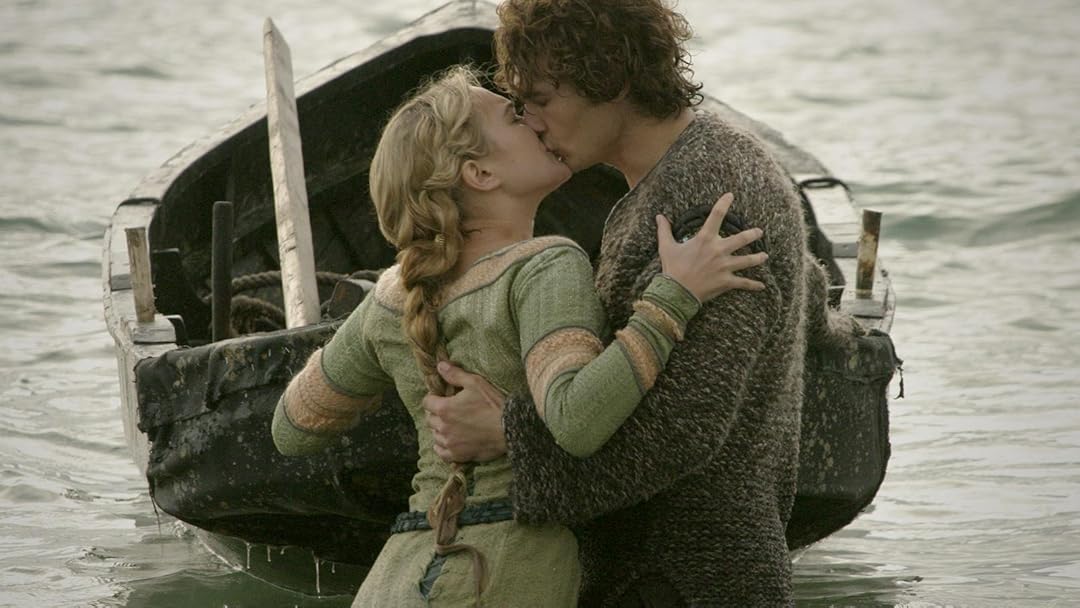
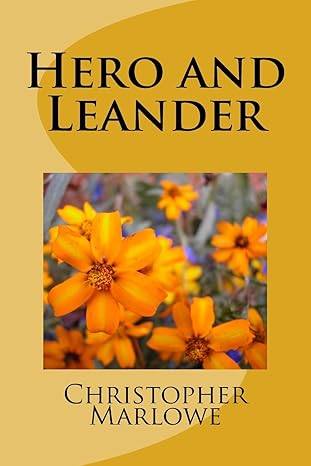
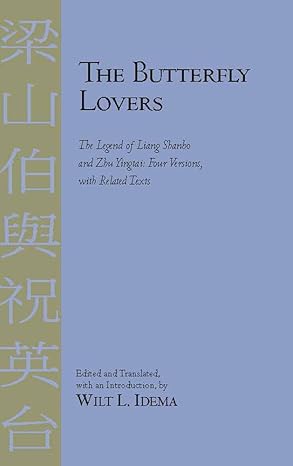
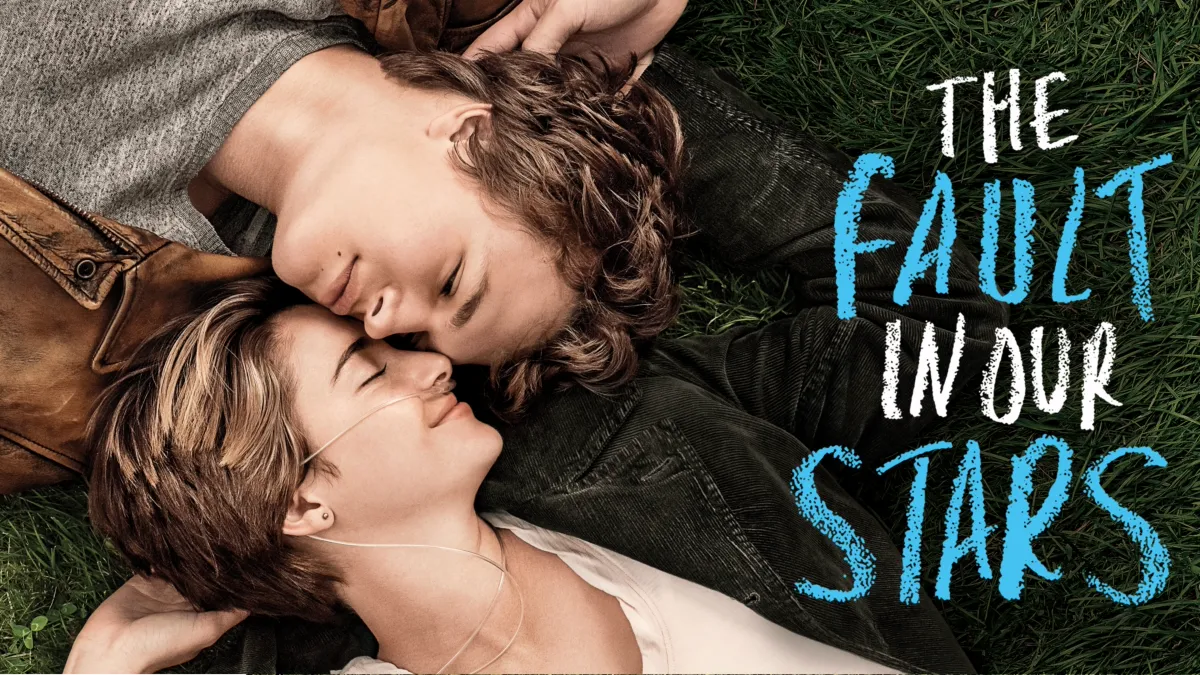

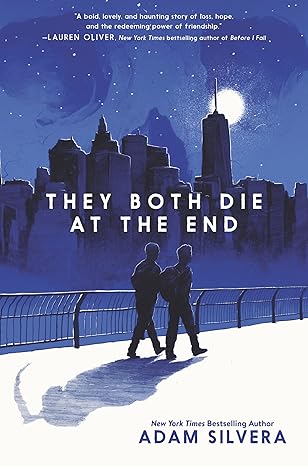
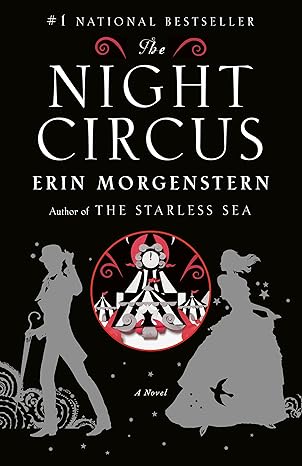
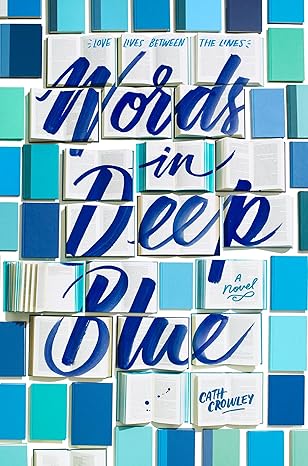
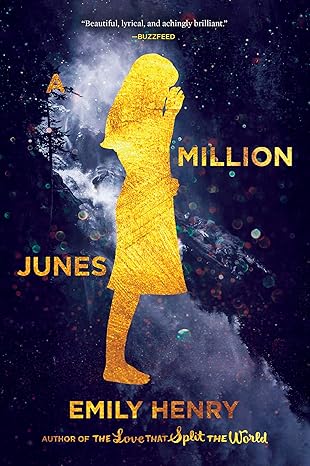
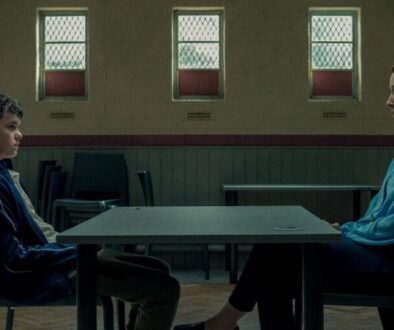
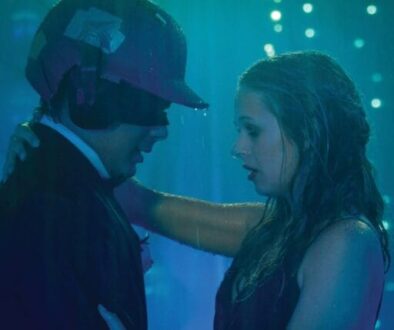
![20250325_223818-COLLAGE[1] 20250325_223818-COLLAGE[1]](https://geerdyverse.com/wp-content/uploads/2025/03/20250325_223818-COLLAGE1-1024x769-394x330.jpg)